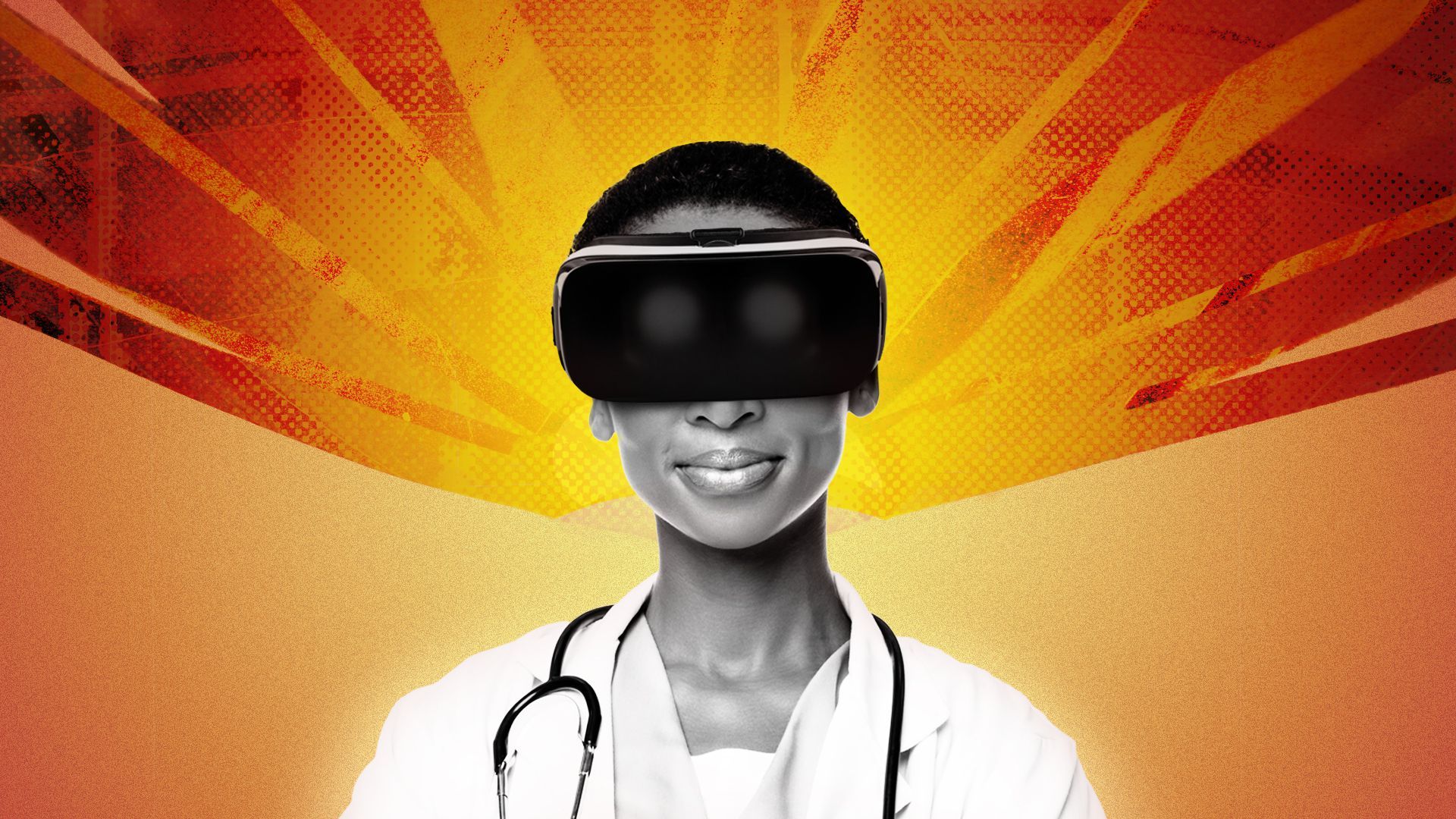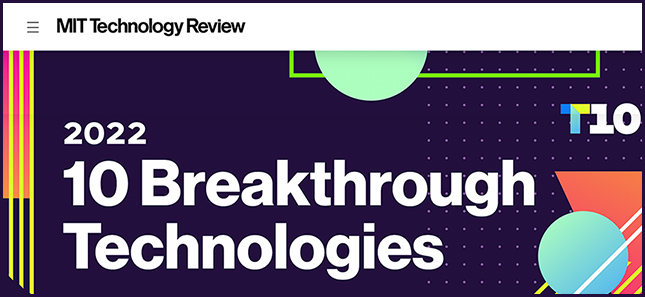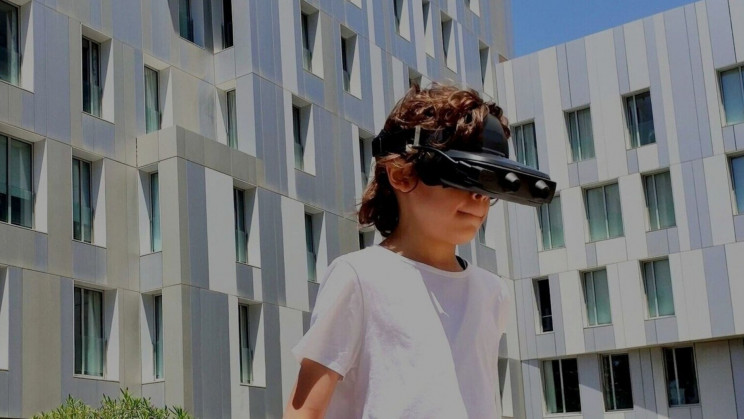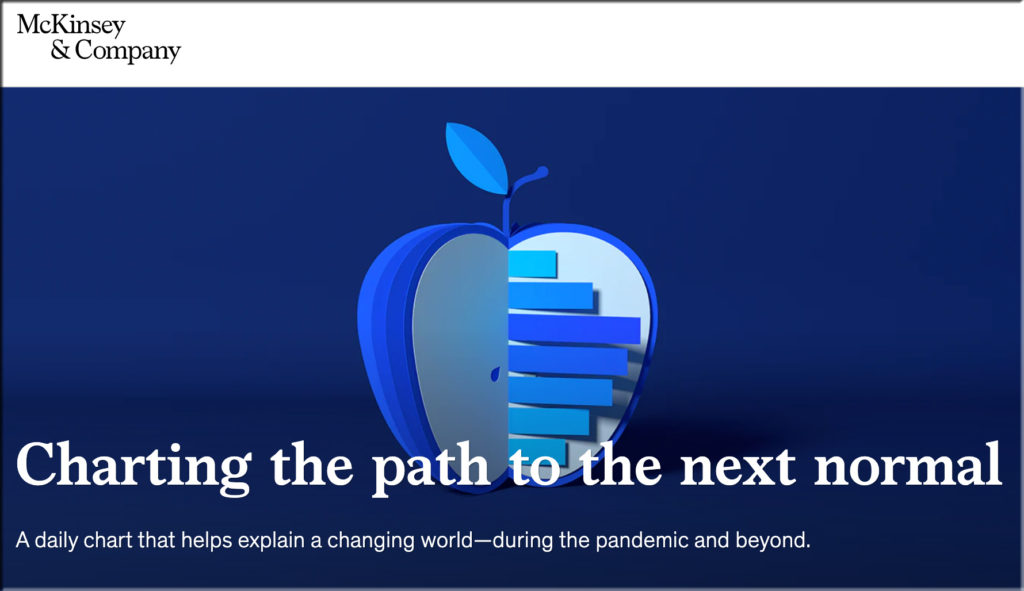Global Pandemics — from historyadventures.co with thanks to Andrea Boros for the resource
Excerpts:
Global Pandemics is “a cutting-edge, browser-based, digital learning experience—designed to enhance student understanding of the role of pandemics in world history. One year in the making, and involving a talented, interdisciplinary team from around the world—the new product features cutting-edge digital learning design, web animation, interaction design, and digital storytelling.”
This browser-based digital learning experience introduces multiple novel technologies, including:
- 3D Motion Design to Recreate History
- Advanced Web Animation to Simulate Pathogens
- Immersive 360 Panoramas of Historical Locations
- Animated Historical Timeline & Maps
- Choice-based Narrative Design
- Interactive Original Historical Documents
- Media-Rich Adaptive Assessments
Also see:














